Running Advice for Overweight Runners
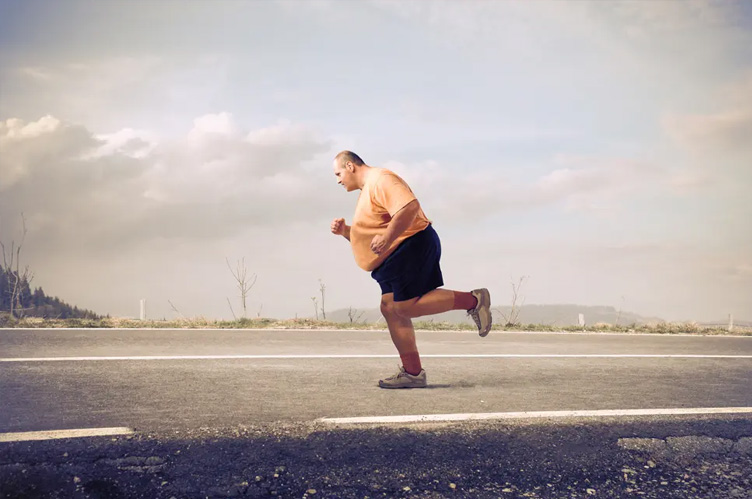
Running Advice for Overweight Runners
Get active, stay safe, and build your fitness over time
Runners, despite what may be advertised, come in all shapes and sizes. If you’re overweight, running is a great option that can help you improve your health, get in shape, boost your confidence, and achieve a healthy weight.
That said, getting started with running may be a bit more challenging if you are overweight due to the fact that extra body fat can make you get winded more easily than those who are leaner.
Try not to get discouraged by this and see it as just one hurdle to overcome in a journey toward better health.
Here’s some advice on how overweight runners can safely start a healthy running habit and reap all the great benefits of running.
How to Start Running When You're Overweight
Set yourself up for success by making sure that you are medically cleared to start running and that you have the proper shoes to support your body once you begin.
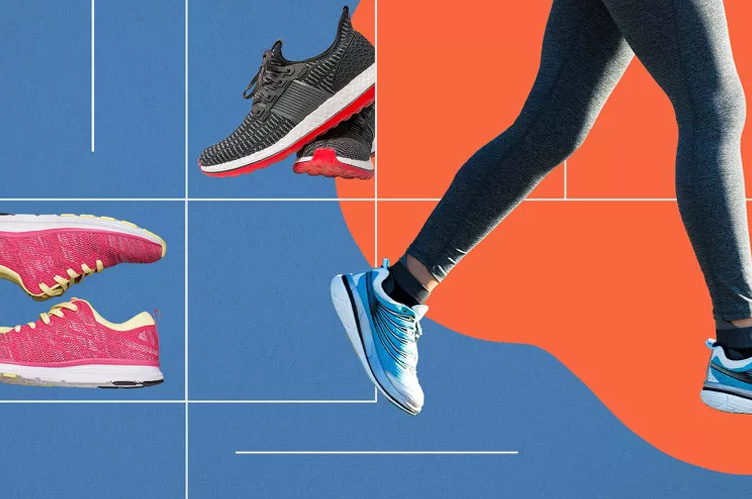
- Check with your doctor
- Get proper footwear
- Start small
- Switch to run/walks
- Add strength training
- Believe in yourself
Check with your doctor
This is an important step for anyone who’s new to running, but especially if you’re overweight. Share your running plan and goals with your doctor, and have him/her assess your plan and any potential health issues.
Talk about any pre-existing conditions or previous injuries that might have an impact on being able to start a regular running program.

Your doctor may also recommend that you do an exercise stress test on a treadmill to rule out any cardiovascular issues.
If he or she deems it's not quite safe for you to start now, talk about what milestones you need to reach before you can.
Get proper footwear
Wearing the wrong running shoes for your feet and running style can lead to injuries and general discomfort while running. If you’re overweight, the extra weight and pressure on your joints can make you even more vulnerable to injuries, so it’s crucial that you get the right running shoes for you.
Go to a running specialty store, where trained salespeople can do a running gait analysis and recommend the best choices for your running gait, foot, and body type.
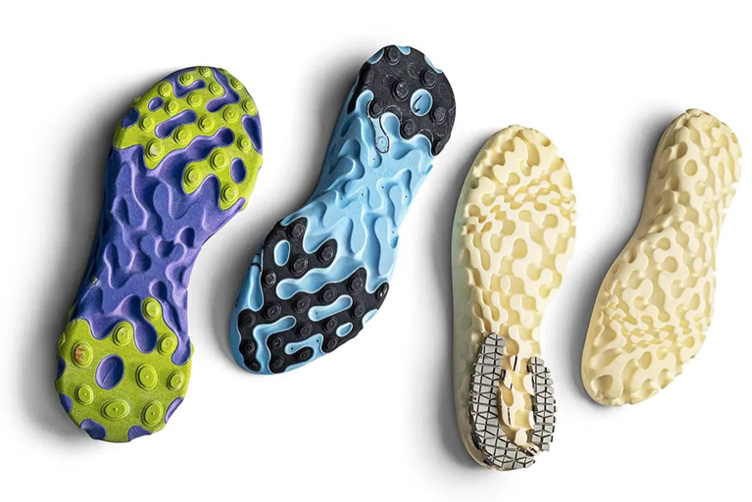
You may need shoes with extra cushioning, good arch support, or some other special feature.
You should replace your shoes every 300 to 500 miles, although this can vary depending on how you run, your weight, and the type of terrain you cover. Heavier runners typically need to replace their shoes more often.
How to Build Up to Running
Even if you have no plans of eventually running a marathon, remember that your fitness journey is a proverbial one nevertheless.
Start Small
Trying to do too much too soon may lead to injury and burnout.
If you’ve been inactive for at least a few months or longer, you should start by walking.
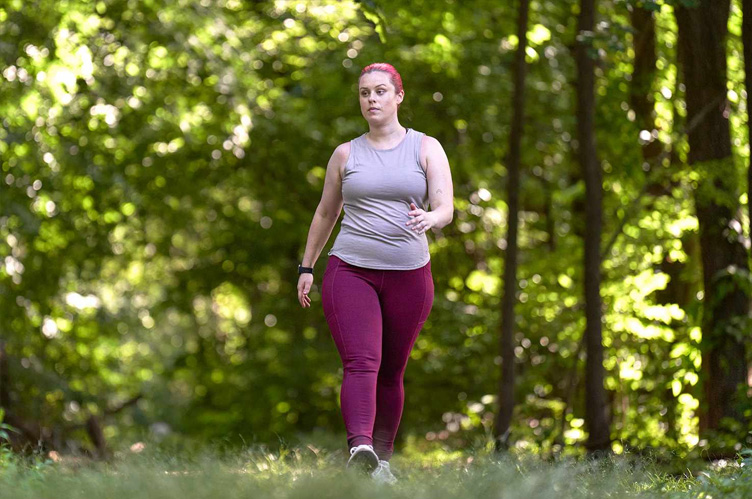
You can begin walking on a treadmill, outside, or even in a pool. Start with just 5 or 10 minutes if that's all you can manage.
Consistency is key, so try to walk a little bit each day. Just get your body used to the activity and work up to a continuous forward motion for 30 minutes before you start to add some running.
Switch to a Run/Walk Strategy
Once you’ve built up your fitness through walking, you can get started with run/walk, which is an excellent strategy to safely and comfortably build your running endurance.
- Start your run/walk session by warming up with a 10-minute brisk walk to get your heart rate up and blood flowing to the working muscles.
- Next, run easy for 1 minute and then walk for 2 minutes. The walk should be an active rest, not a complete break.
Don’t walk casually—do it with a purpose, like a power walk, to make sure you’re getting a good cardio workout. - Repeat this cycle for 15 to 20 minutes, and then finish with a 5-minute walk as a cool down.
 As your 1-minute run intervals become easier, you can increase the number of your run intervals and decrease the length of your walk intervals.
As your 1-minute run intervals become easier, you can increase the number of your run intervals and decrease the length of your walk intervals.
While some people try to get to the point where they can run continuously without walk breaks, others decide to stick with run/walk as a long-term strategy, using intervals such as run 3 minutes/walk 1 minute or run 2 minutes/walk 30 seconds.
Taking It to the Next Level
Once you’ve built up your endurance with run/walks, you should continue to challenge yourself by increasing your effort or distance during your runs. This will help boost your calorie-burning efforts, improve your fitness even more, and help prevent you from getting bored with your routine.
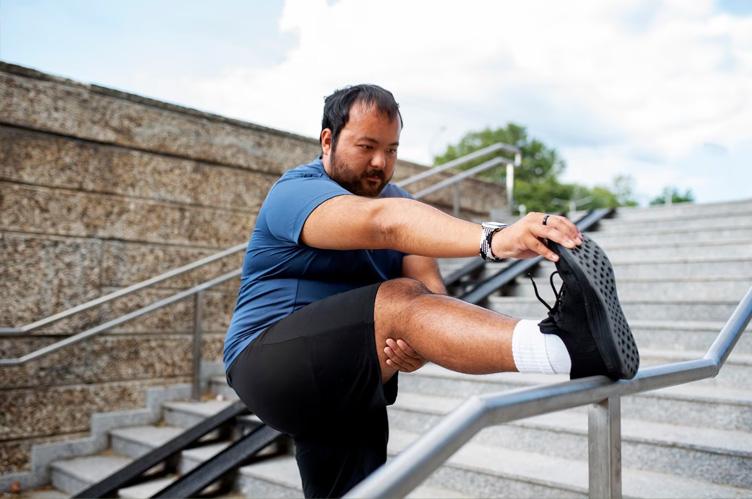
You can start adding speed by warming up for a mile and then running at a faster pace (breathing heavy, but still in control) for a minute and then recovering at an easy pace for a minute.
Continue with this pattern for two miles, then cool down for 5 to 10 minutes.
When that gets too easy, you could always increase the time of your speed intervals or do hill repeats instead.
Add strength training
If you’re not already doing some strength training, try to incorporate at least one or two sessions in your weekly routine. Not only will you burn more calories while you're doing these exercises, but your increased lean muscle mass will improve your running performance.
You'll be able to run faster and longer, and pump up your calorie burn when running.
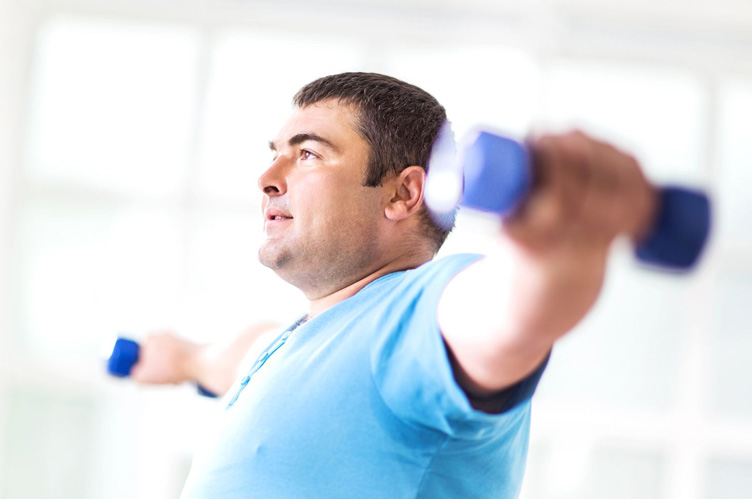
Strength training also helps prevent running injuries, so you'll be able to maintain your commitment to exercise by staying injury-free. You don’t need to belong to a gym or have special equipment to strength train.
Ways to Stay Motivated
Sticking with your running plan and achieving your goals may, at times, feel difficult. Do what works best for you when it comes to keeping your motivation up.
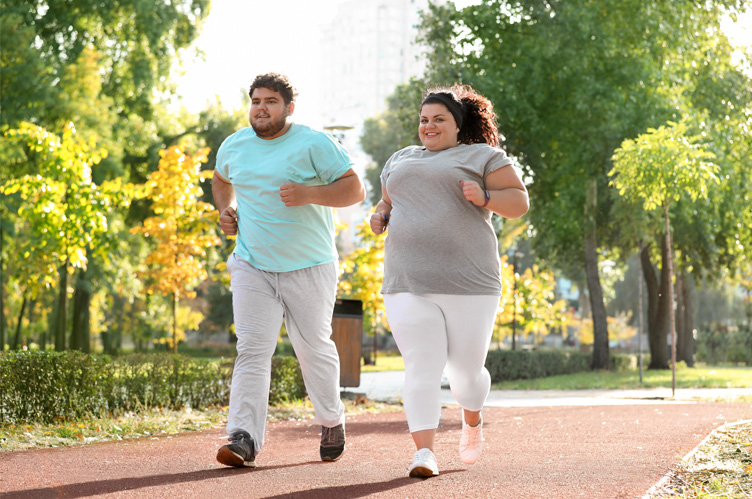
That might include strategies such as:
-
-
- Rewarding yourself
- Running with a buddy
- Setting specific goals
- Tracking your progress
-
Ignore the Naysayers
Unfortunately, there are people everywhere who can take issue with just about anything, which may make you feel self-conscious.
While you may not have the speed or distance of other runners (yet), those who enjoy the sport tend to appreciate anyone else who does too.
While you may not have the speed or distance of other runners (yet), those who enjoy the sport tend to appreciate anyone else who does too.
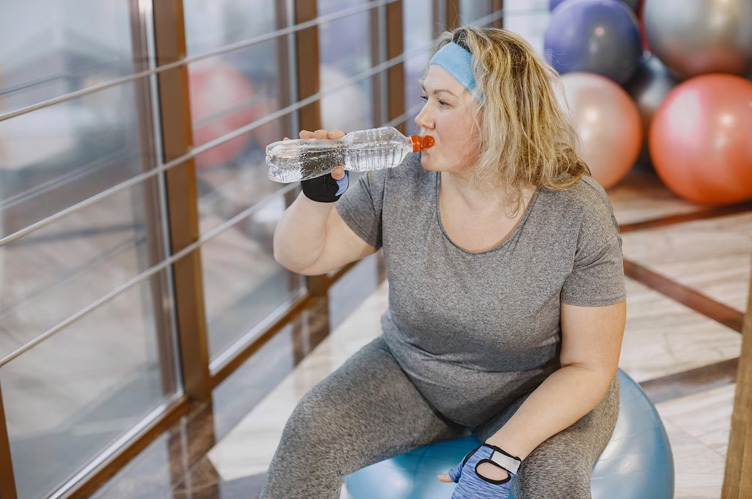
You’re working hard to improve your health and fitness. YOU are impressive. YOU are inspiring.
Don't let anyone hold you back.
Surprisingly, you may find some family members and friends to be unsupportive of your interest in running. Lack of support from people close to you is often the result of their own jealousy or insecurities
If people challenge you and tell you that you shouldn’t be running, use it as fuel to prove them wrong.
Achieving Your Weight Loss Goals
Though running can be a helpful tool for weight loss and maintenance, it is not a guarantee. Some runners may actually make mistakes that lead to weight gain.
One of the biggest obstacles to losing weight through running is eating too many calories because of your increased appetite. You can undo all of your hard work by giving into cravings or rewarding yourself with unhealthy foods.

Some strategies that can help you lose weight and avoid weight gain:
-
-
- Avoid certain situations: If you think you'll have trouble avoiding mindless eating or overindulging, try to come up with a different activity to do.
- Keep your fridge and pantry stocked: Choose healthy foods that make up a nutritious, heart-healthy diet, such as whole grains, fish, lean meats, vegetables, and fruits.
They'll provide essential nutrients, help fuel your workouts properly, and aid in your post-run recovery. - Minimize processed foods: Keep processed foods to a minimum and work on cooking more at home.
- Spread out your calories: Eat five to six small meals throughout the day, rather than eating three big meals. You'll reduce your overall hunger and gain more flexibility in scheduling your runs because you won't have to delay your run until after you digest a big meal.
-
Tracking your calories with app or gadget can help you stay more aware of how many calories you’re taking in vs. burning—an awareness that will make you more successful at losing and maintaining your weight, according to research.
It will also likely help you stay motivated to stick with your running habit.
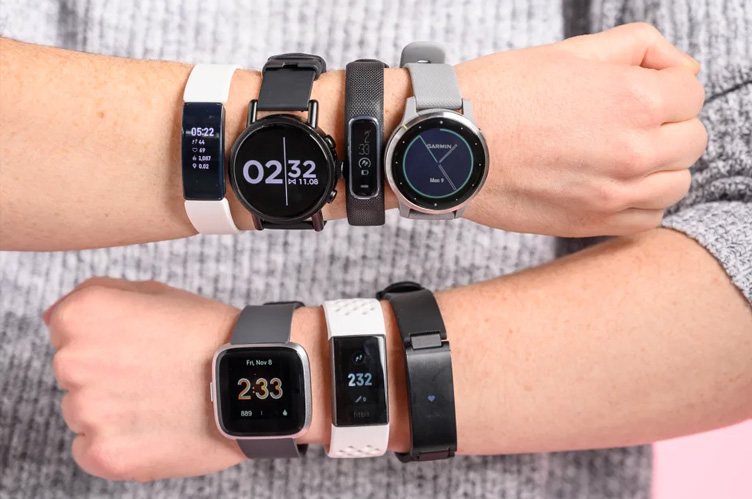
We've tried, tested, and reviewed best fitness trackers. If you're in the market for an activity tracker, explore which option may be best for you.
Common Issues for Overweight Runners
There are a number of common issues that overweight runners may face as they begin.
Some of these are things that are common to all runners, while others may be more problematic for those carrying extra pounds. Fortunately, there are many solutions that can help you cope with these issues as they arise.
Trouble Breathing
As you run, your heart rate increases, and you breathe faster in order to take in more oxygen. The problem with this is that these fast breaths are often very shallow, meaning they aren't providing a whole lot of oxygen intake.
One way to deal with this is to focus on how you breathe as you run. Try taking in deeper belly breaths and then do a big exhale. This clears your body of CO2 and ensures that you're getting an adequate supply of oxygen.
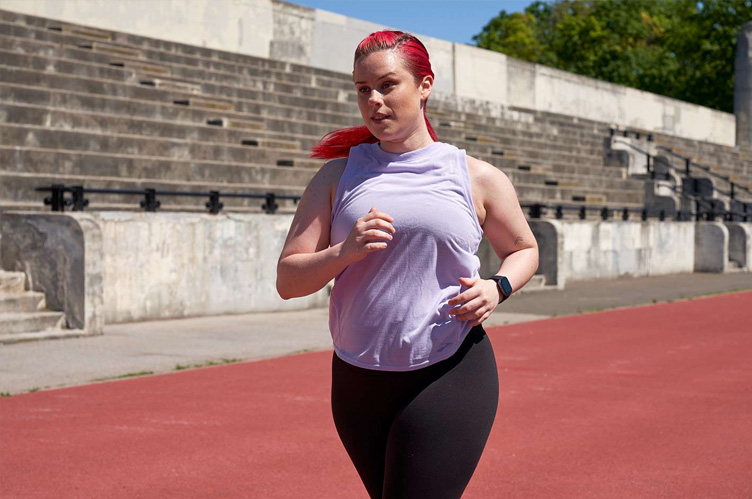 Rhythmic breathing is another approach that can help. Rather than simply trying to inhale as much air as you can with each breath, time your breathing in rhythm with your steps. Inhale for three steps, then exhale for two.
Rhythmic breathing is another approach that can help. Rather than simply trying to inhale as much air as you can with each breath, time your breathing in rhythm with your steps. Inhale for three steps, then exhale for two.
This approach can help you better maintain deep breathing and improve your lung capacity.
If you feel like you are struggling to breathe, ease back, and spend some time doing some slower jogging or walking.
As you continue to train and build strength and endurance, breathing should become easier. If you find that you are still experiencing difficulty or if your breathing struggles seem severe, talk to your doctor.
Foot and Joint Pain
Running can put a serious strain on the joints and feet. The impact of every step places the force of your weight on those joints and feet, which is why it so is critical to wear good shoes and running with the proper form and stride.
Reduce joint and foot pain by:
- Landing mid-foot, rather than on the toe or heel
- Listening to your body and taking time to rest if you start to feel pain
- Keeping your steps as light as possible
- Making sure you are standing tall and upright; don’t hunch forward or slouch
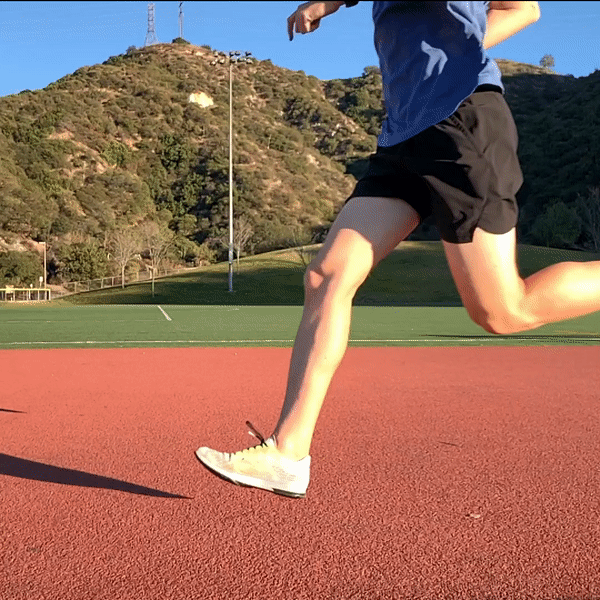
Perhaps most importantly, stick to a running schedule that eases you into the sport. Try following a training schedule that is specifically designed for beginners.
Don’t increase your miles suddenly or dramatically. Working up your speed and distance slowly can ease the strain on your joints and feet and reduce your risk of injury.
Shin Splints
The impact of running can also lead to shooting pain in your lower legs, a phenomenon known as shin splints.
Causes of shin splints can include poor form, running on a hard surface, running downhill, wearing the wrong shoes, or going too hard, too fast.
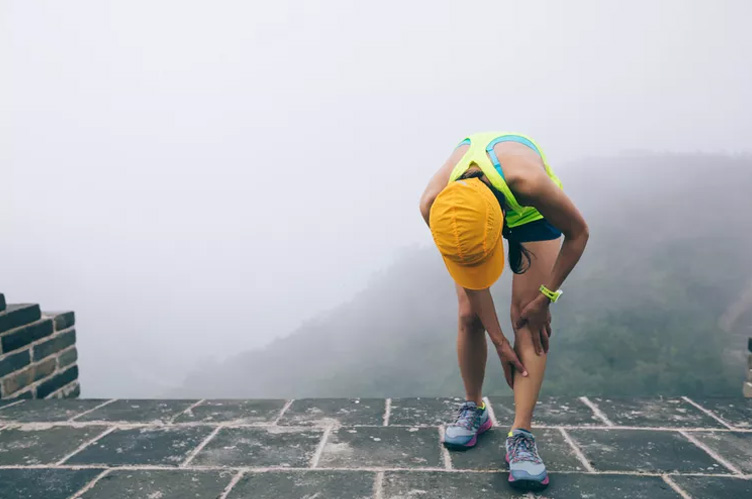 Treatment usually involves home remedies including rest and ice compresses.
Shin splints - self-care. U.S. National Library of Medicine. U.S. Department of Health and Human Services. 2018.
Analyzing your shoes and gate may help prevent shin splints in the future, as can these tips:
Treatment usually involves home remedies including rest and ice compresses.
Shin splints - self-care. U.S. National Library of Medicine. U.S. Department of Health and Human Services. 2018.
Analyzing your shoes and gate may help prevent shin splints in the future, as can these tips:
-
-
- Add strength-training a couple of days each week
- Increase your running intensity gradually
- Make sure you warm-up before your run
- Stretch properly
-
Be sure to stop and rest when things start to hurt.
Trying to work through pain will worsen shin splints and can lead to more serious injury.
Runner’s Knee
Runner’s knee can be a problem for any runner, but carrying extra weight can put additional strain on the joint.
This condition is characterized by pain around the kneecap area. At times your knee might feel weak as if it might give out if you put weight on it.
 The most common remedy for runner’s knee is rest and ice. You can also help prevent pain by sticking to a training schedule that is appropriate for your fitness level.
The most common remedy for runner’s knee is rest and ice. You can also help prevent pain by sticking to a training schedule that is appropriate for your fitness level.
Focus on building strength and speed gradually. If your knees start to give you trouble, ease back and give your body a chance to recover.
Check with your doctor to be sure that the pain is not a sign of a more serious condition. You may need to visit a podiatrist to be fitted with custom orthopedic supports.
Chafing
Chafing is a common running ailment that can be annoying and downright painful. The combination of skin, sweat, and rubbing clothes is bound to cause chafing, particularly in spots where you might have folds of skin or where body parts touch.
The inner thighs and underarms areas can be particularly troubling spots.
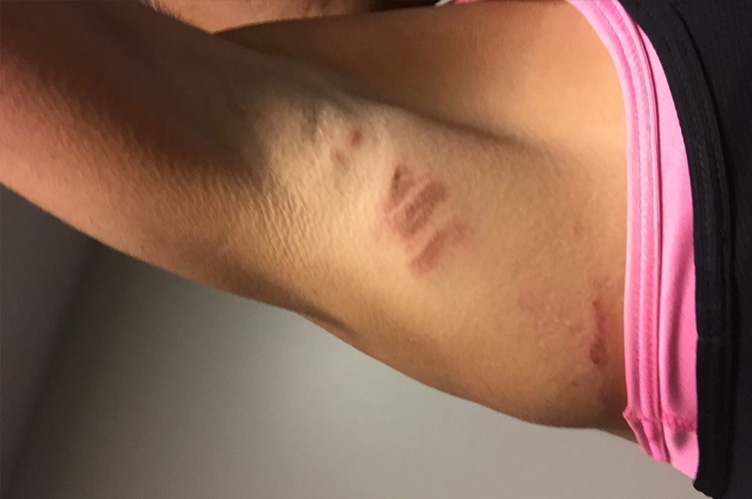 Chafing can lead to rashes and raw skin, which is uncomfortable both during and after your run.
Chafing can lead to rashes and raw skin, which is uncomfortable both during and after your run.
In order to minimize chafing, it is important to wear the right clothing when you run. Fabrics that wick sweat away from your body help reduce discomfort and mean you’ll be less likely to end up with chafed, raw skin.
Running tights can also help prevent the inner thigh area from getting rubbed raw as you run. Anti-chafing lubricants such as Body Glide can also be helpful.
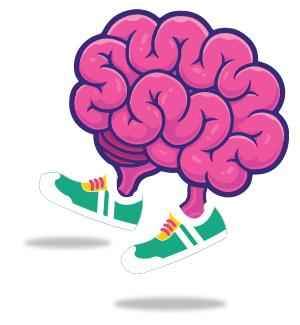
A Word From Verywell
There is no one image of a runner. Never feel that your weight poses an obstacle if you are interested in becoming one. The key is to follow a workout schedule that is appropriate for your current fitness level, practice good running form, and make sure that you wear gear designed for comfort and injury prevention.



